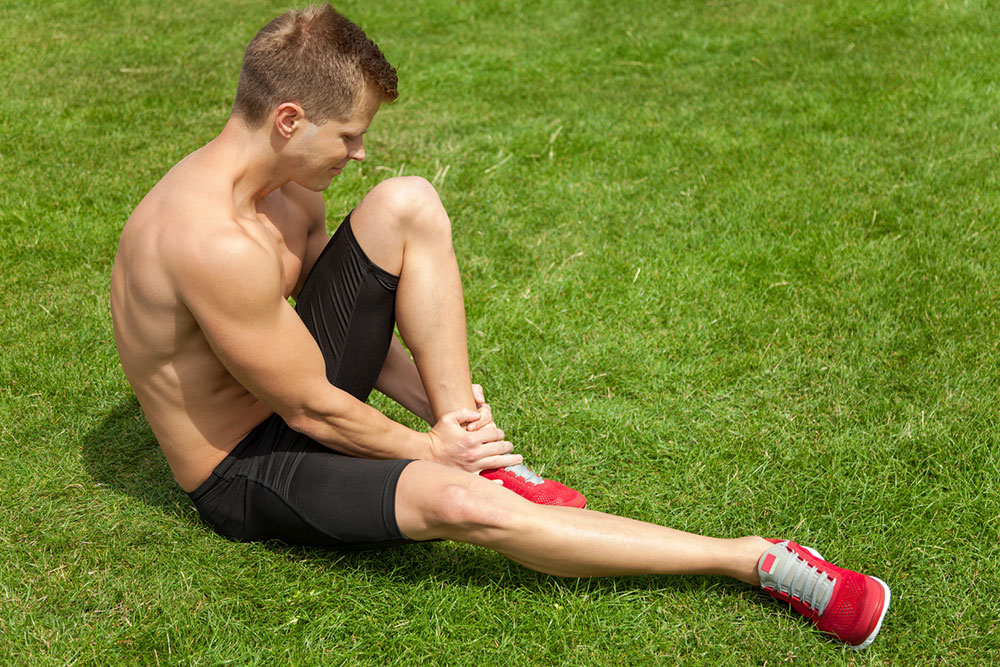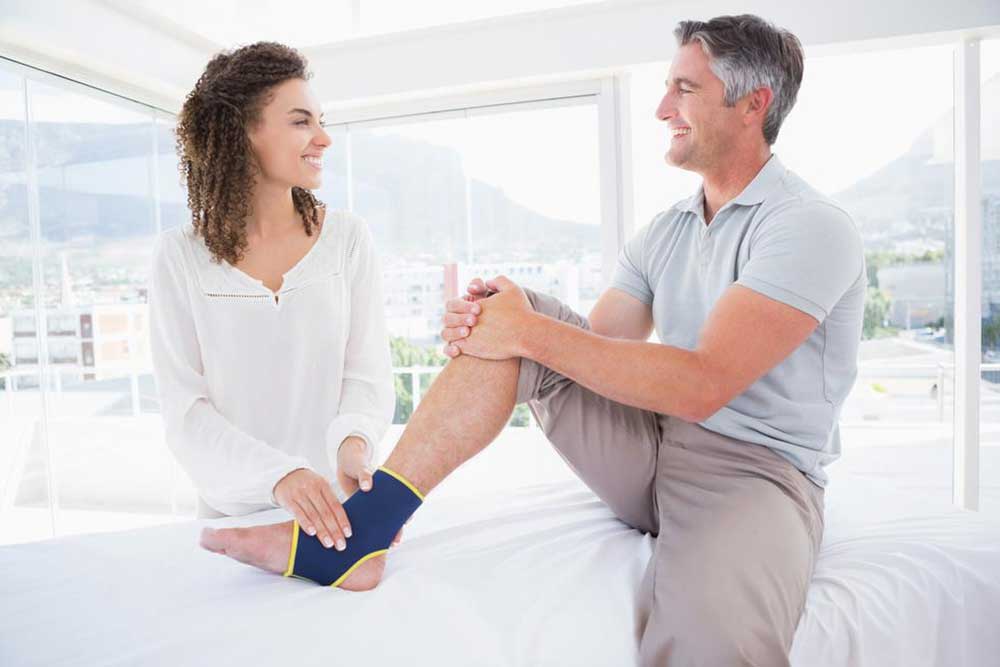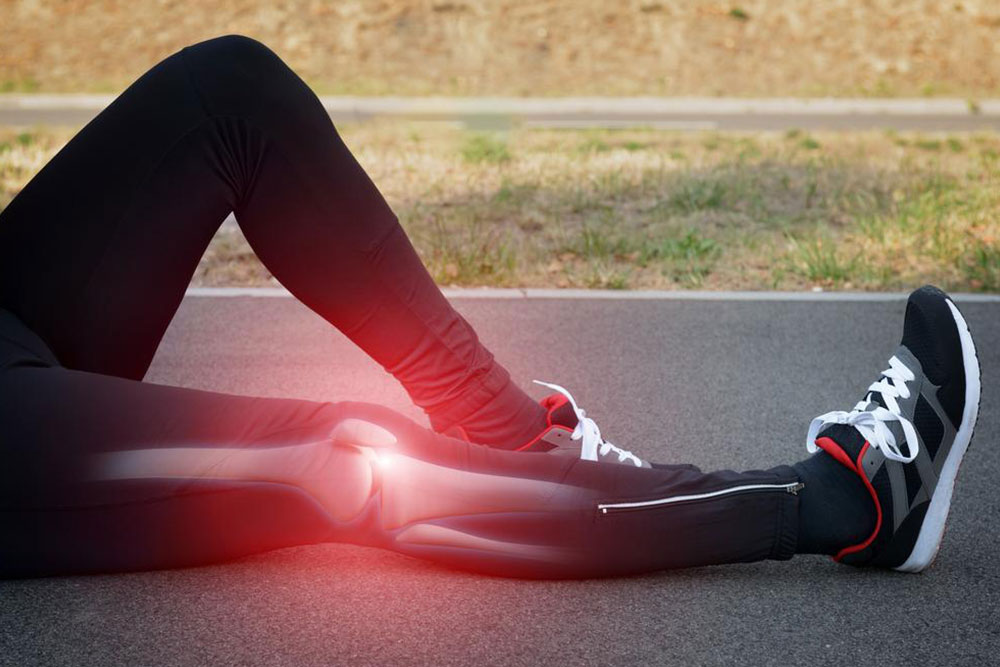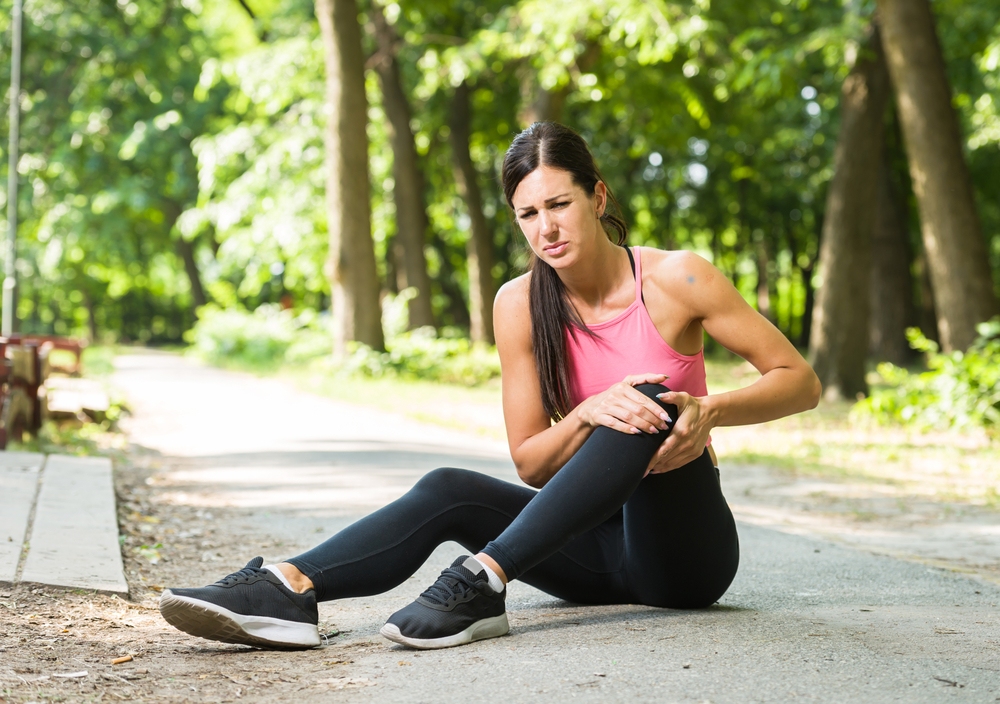Understanding Common Causes of Leg Discomfort and Effective Relief Strategies
Discover the top causes of leg discomfort, from muscle cramps to blood clots, with detailed explanations and practical home remedies. This comprehensive guide helps you understand symptoms, prevent issues, and find relief, ensuring healthier, pain-free legs. Suitable for those seeking effective self-care tips and awareness about leg health and injury management.
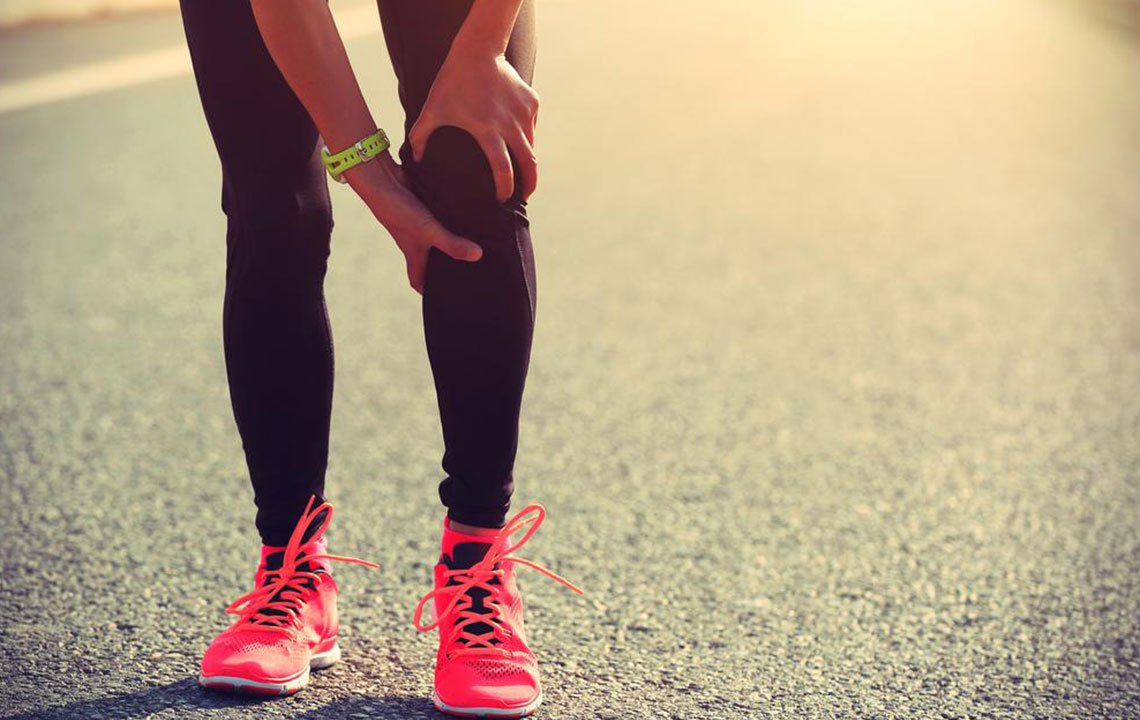
Understanding Common Causes of Leg Discomfort and Effective Relief Strategies
Your legs play a crucial role in everyday mobility, supporting independence, exercise, and daily chores. However, due to frequent use, strenuous activity, or underlying health issues, they can often experience discomfort, stiffness, or pain. Recognizing the underlying causes of leg discomfort is essential for effective treatment and relief. This comprehensive guide delves into the most common reasons behind leg pain—including muscle cramps, sprains, varicose veins, blood clots, fractures, sciatic nerve issues, and shin splints—and offers practical home remedies to alleviate symptoms. Whether you're experiencing occasional soreness or persistent pain, understanding these causes can empower you to take appropriate action.
Leg pain and discomfort are common issues that can interfere significantly with daily life. While some causes are benign and respond well to home treatment, others may require medical intervention to prevent further complications. The key to managing leg discomfort effectively lies in understanding its root causes. This detailed article discusses in depth the primary factors—muscle cramps, sprains, varicose veins, blood clots, fractures, sciatic nerve problems, and shin splints—and provides practical tips to manage and reduce symptoms. Additionally, we share simple home remedies that can provide quick relief from mild discomfort and help maintain healthy legs.
Muscle cramps: Sudden, intense spasms often caused by dehydration, electrolyte imbalances, or overexertion. These painful contractions typically occur in the calf or thigh muscles and can disrupt sleep or daily activities. Proper hydration, electrolyte replenishment, and gentle stretching are effective preventive measures.
Leg sprains: Injury resulting from twisting, overstretching, or traumatic impact during activities such as running, jumping, or walking. Mild sprains present as swelling and pain, resolving with rest, ice, compression, and elevation. Severe sprains may need medical assessment and possibly immobilization or physical therapy.
Varicose veins: These enlarged, twisted veins develop due to weakened vein walls and malfunctioning valves, leading to blood pooling. They often appear as dark, bulging lines under the skin, primarily affecting those who stand for long hours. While usually painless, they can cause aching, heaviness, and swelling, especially after prolonged activity.
Blood clots: Deep vein thrombosis (DVT) occurs when blood thickens and forms clots in the deep veins, often in the legs. Risk factors include prolonged inactivity, obesity, pregnancy, and certain medical conditions. Blood clots can be life-threatening if they dislodge and travel to vital organs, making rapid medical intervention crucial.
Fractures: Severe injuries caused by falls, accidents, or high-impact trauma can lead to broken bones in the leg, often accompanied by swelling, bruising, and immediate pain. Stress fractures, resulting from repetitive stress over time, cause mild but persistent discomfort and require diagnosis through imaging.
Sciatic nerve pain: Compression or irritation of the sciatic nerve leads to radiating pain from the lower back down the leg. It can cause numbness, tingling, and weakness, and if untreated, may result in nerve damage or chronic pain.
Shin splints: Common among athletes and runners, shin splints involve pain along the inner edge of the shin bone. They arise from repetitive impact, overuse, or improper footwear, and can be aggravated by sudden increases in activity intensity.
In addition to understanding these causes, adopting some simple home remedies can help alleviate mild symptoms:
Epsom salt baths: Soaking your legs in warm water with Epsom salt allows absorption of magnesium, which relaxes muscles, reduces soreness, and speeds up recovery.
Cold compresses: Applying an ice pack or cold cloth to affected areas reduces inflammation, numbs pain, and decreases swelling after injury or intense activity.
Gentle stretching and exercise: Regular, low-impact stretching and strengthening exercises improve flexibility, promote blood flow, and prevent cramping.
Massage techniques: Using natural oils such as coconut or olive oil, gentle massage can relax tight muscles, improve circulation, and provide quick relief from discomfort.
While home remedies are effective for mild discomfort, persistent or severe pain requires consultation with a healthcare professional. Proper diagnosis and targeted treatment ensure long-term relief and prevent potential complications. Keeping your legs healthy through regular care, mindful activity, and prompt medical attention can help you maintain mobility and quality of life.
